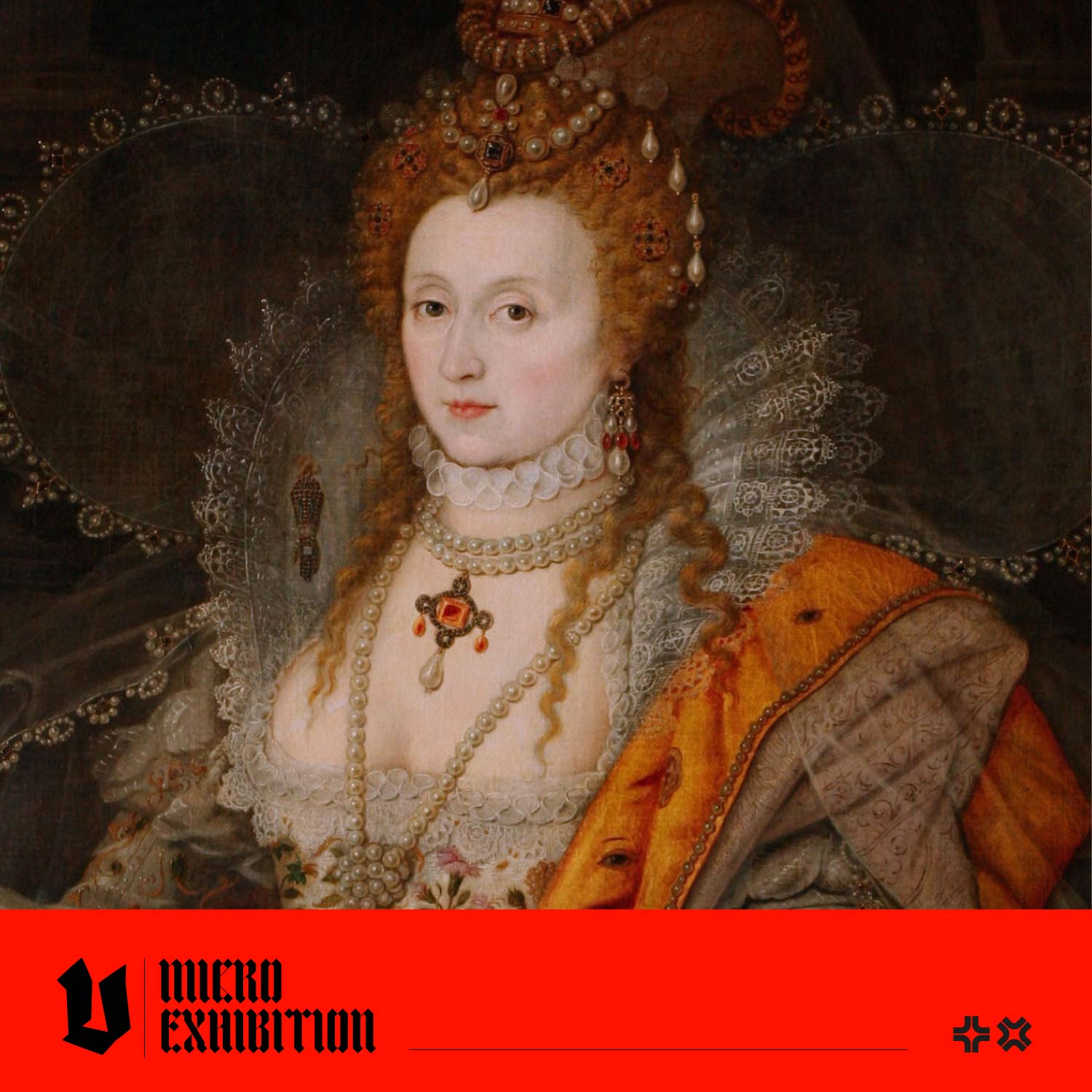We all want to look our best in pictures, whether you're a filter devotee or have a failsafe 'go-to' pose. Historical figures were no different. Their portraits were designed to convey important statements, not just about themselves as individuals, but in the case of royalty, the countries they ruled and the dynasties they were born into. Portrait painters had to tread a fine line; their paintings had to resemble their subjects, but they also had to flatter them. Today, we're going to look at some examples of portraits from the past and compare them to descriptions of their subjects and historical evidence. We'll also find out where the famous phrase "warts and all" comes from. Let's go!
How Did King Henry VIII Really Look?
King Henry VIII (28 June 1491 – 28 January 1547) ruled England from the age of 17 until his death at the age of 55. In his youth, he was considered to be good-looking and athletic. There are many written accounts from foreign diplomats and ambassadors visiting his court to corroborate this, plus we also know what he looked like as a younger man from a portrait by an unknown artist, dating from around 1520. A jousting accident in 1536 caused Henry significant injuries and hindered his movement. By 1540, he had a 54-inch waist and 57-inch chest, and he weighed about 400 lbs at his death a few years later. However, there's no evidence of these injuries in Holbein's 1536-37 portrait, which shows Henry as a much younger version of himself. By comparing a surviving piece of the king's armour, we can tell that Holbein used his artistic licence to lengthen the king's legs in this picture. The original image was part of the Whitehall Mural, which was destroyed by fire in 1698. Henry's mural section was copied into multiple portraits as gifts from Henry and commissioned by his courtiers to show their support. The picture was designed to show his might and majesty; his broad shoulders and codpiece were intended to highlight his masculinity, and his rich clothing, ornate accessories, bullish stance and commanding air exuded power and strength. 
Workshop of Hans Holbein the Younger, Portrait of Henry VIII, c.1536 – 1537
How Accurate Were Elizabeth I's Portraits?
Elizabeth I (September 1533 – March 24, 1603) was the queen of England and Ireland and the daughter of Henry VIII by his wife, Anne Boleyn. From historical accounts we know she was tall, with red-gold curly hair.

The Rainbow Portrait of Queen Elizabeth I Attributed to Marcus Gheeraerts the Younger, ca. 1600
Elizabethan beauty standards were visually striking but also incredibly dangerous, as many of the make-up ingredients were poisonous. Elizabeth lightened her skin with a base of white lead and vinegar and drew fashionable red lips with a coating of mercuric sulphide. Her eyes sparkled thanks to a kohl made of powdered antimony and eyedrops made from belladonna juice. These toxic ingredients took their toll on her appearance and may have contributed to her death. We also know Elizabeth had a sweet tooth and a fear of dentists, leading to a loss of teeth, and those that remained were black. With all of this in mind, compare this portrait by the studio of Marcus Gheeraerts the Younger in 1595 with the painting known as the Rainbow Portrait, completed around 1600, when she was in her sixties, and the 1592 painting known as the Ditchley portrait, also painted by Marcus Gheeraerts the Younger. Which do you prefer? 
Elizabeth I portrait, Marcus Gheeraerts the Younger c.1595
Oliver Cromwell: Warts and All
Oliver Cromwell (25 April 1599 – 3 September 1658) rose to prominence during the English Civil War, which pitted the Parliamentarians against the Royalists. Cromwell's military leadership played a crucial role in the Parliamentarian victory over the Royalists, ultimately leading to the execution of King Charles I in 1649. Cromwell became Lord Protector of England in 1653. He sat for Samuel Cooper and Sir Peter Lely, who were both renowned portrait painters. Each painting is careful to be true to life, as Cromwell was determined to distance himself from the idealised paintings of favoured by past royalty.

Oliver Cromwell by Samuel Cooper (unfinished), 1653
The term 'warts and all' is believed to have derived from Cromwell's instructions to Lely:
"I desire you would use all your skill to paint your picture truly like me, and not flatter me at all; but remark all these roughness, pimples, warts, and everything as you see me. Otherwise, I will never pay a farthing for it."
Compare these two paintings with Cromwell's death mask here, do you think they were accurate?

Oliver Cromwell by Sir Peter Lely
We hope you have enjoyed this article about the motivations of historical portrait painters and their powerful subjects. For further reading about these historical figures, head to Royal Museums Greenwich, Liverpool Museums and Philip Mould and Co.




